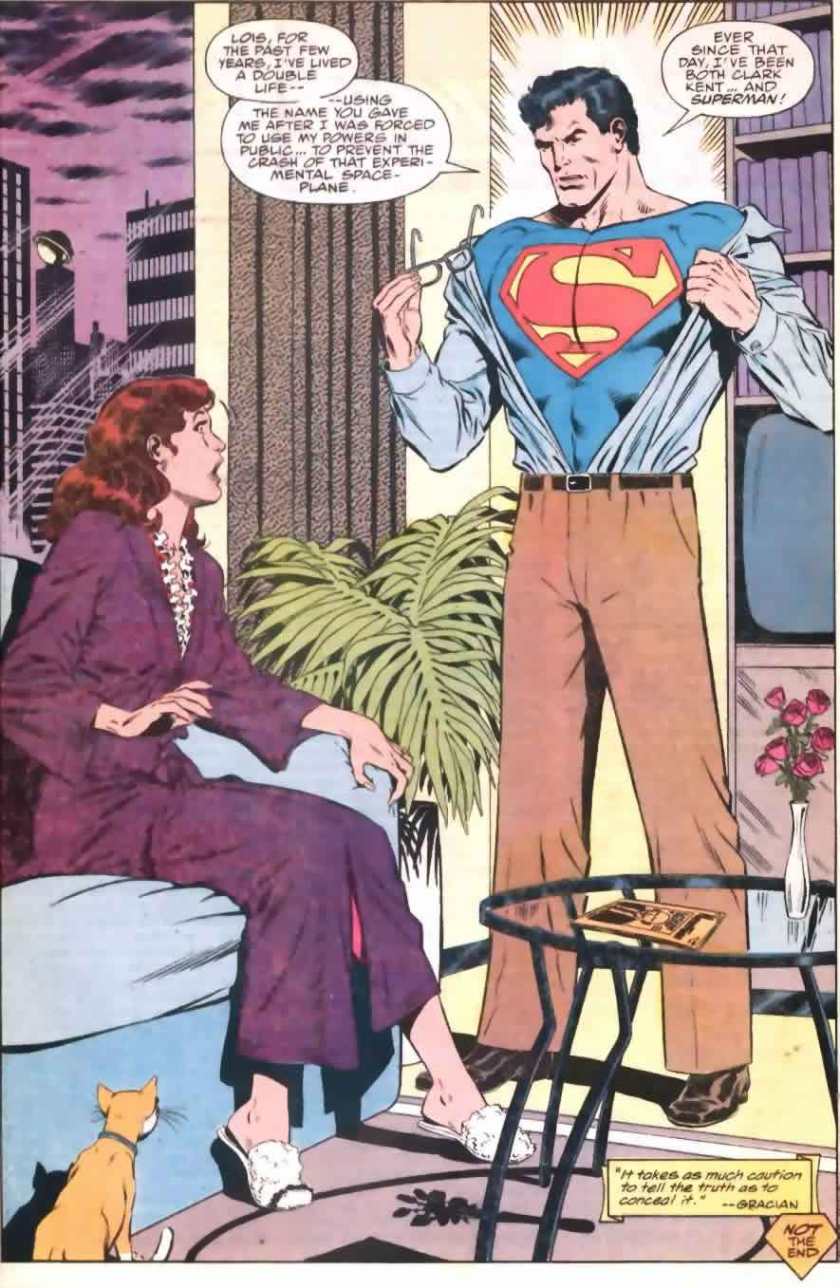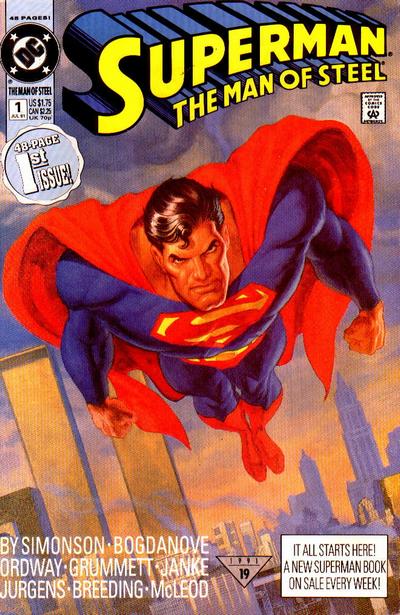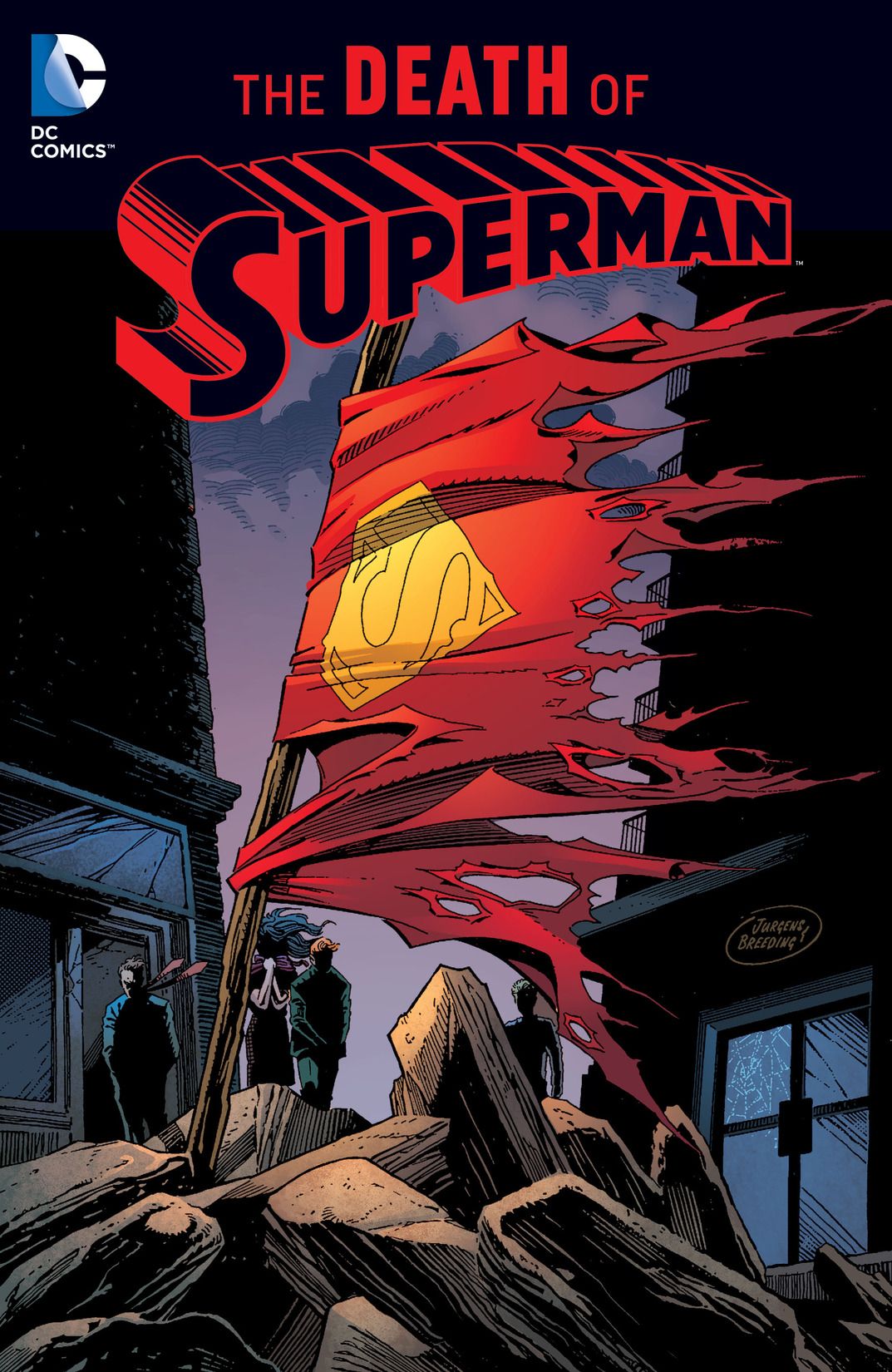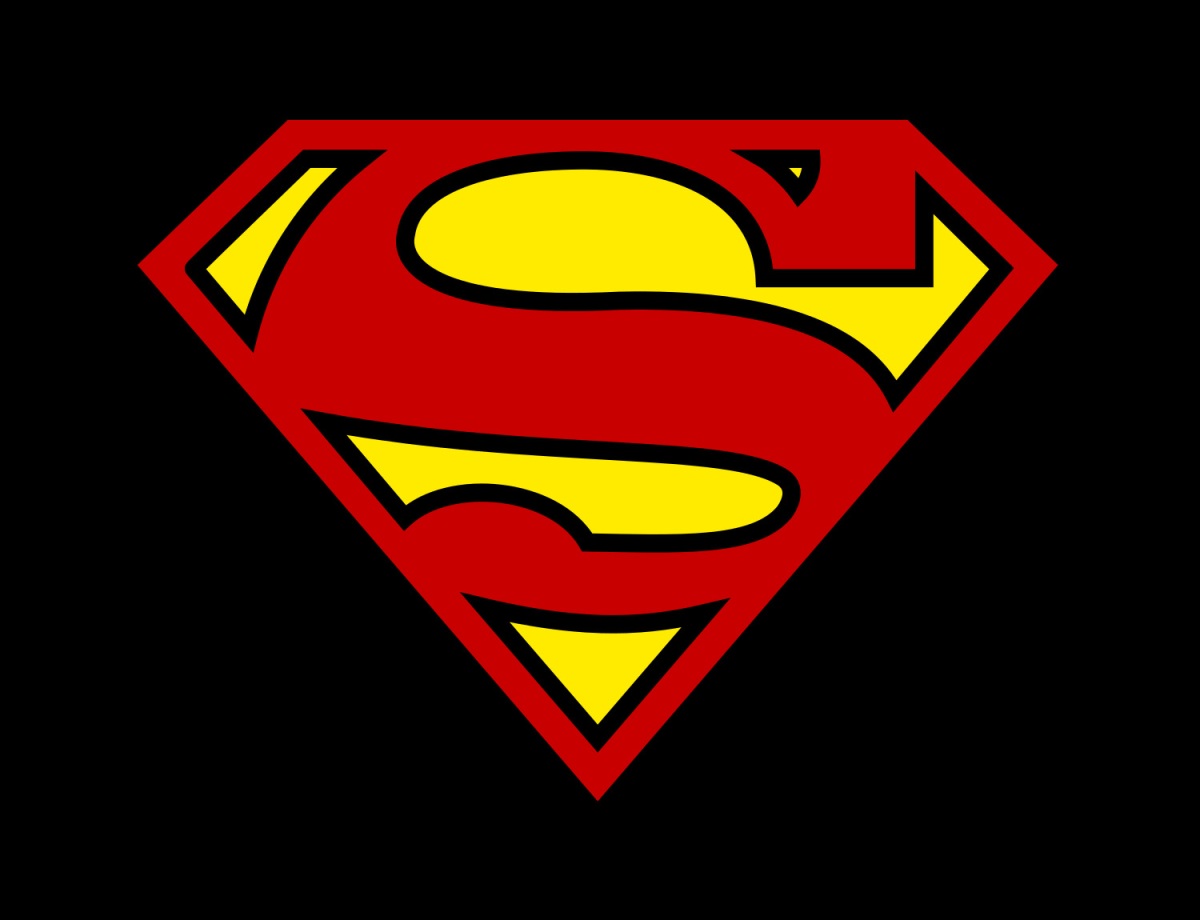More from the Triangle Years:
Part One: Embrace Continuity
A month before the Triangle Years begins, Clark Kent proposes to Lois Lane.
She still doesn’t know he’s Superman.
This is, of course, a total dick move on Superman’s part, but it’s something that’s rectified just a few months into the Triangle Years. The Triangle Years start off with a fairly important change to the Superman mythology.
When DC decided to reboot their entire universe with the New 52 and eliminate Lois and Clark as a couple, they had been either engaged or married for over TWENTY YEARS. And yet apparently there are no stories to tell about married people. It’s also interesting to note that how quickly the relationship between Lois and Clark had progressed in just four years after Crisis. Can you imagine anything like that happening today?
Fortunately, the New 52 mistake has been rectified, and right now DC are publishing some fantastic stories featuring not just a married Lois and Clark, but Lois and Clark as parents, too.

The Triangle Years officially begin with Superman v2 #51, which features the first appearance of Mr. Z. If you’ve never heard of him, don’t worry, because he’s not what you would call a classic villain in the making, but his appearance right off the bat establishes the new world order pretty quickly, as Mr. Z’s storyline will play an important roll not just throughout the first year, but for years to come. There was clearly a Superman summit back before creative summits were all the rage.
The Creators
This is a good spot to talk about the creative teams on each Superman title. When the Triangle Years begin, Superman is being written and penciled by Jerry Ordway, with inks by Dennis Janke. The two of them would eventually jump over to Adventures of Superman when they’re joined by penciler Tom Grummet. Dan Jurgens, who was writing and penciling Adventures of Superman, completes the swap and moves over to Superman. By this point, Brett Breeding has joined Jurgens on finished art, which suggests he was doing more than the average inker. While it looks good, I thought Jurgens work with previous finisher Art Thibert was better, but Thibert was already being called on to start penciling, as his style fit with the trend going on during the 90s. The three books were rounded out by the Action Comics creative team of Roger Stern, Bob McLeod, and Dennis Rodier.
All three teams were more than capable of telling solid Superman stories. None of them were going to be accused of writing anything “extreme” or “dark.” At times, the writing could take a turn for the schmaltzy. But the storytelling was excellent. It was like a text book on how to produce a regular superhero comic book, which was a problem for comics in the 90s.
But Carlin didn’t just mix things up in the Triangle Years by moving Ordway and Jurgens. He also launched a 4th monthly Superman book and brought in a creative team from Marvel. Writer Louise Simonson was joined by long time Power Pack and X-Factor partner Jon Bogdanove for Man of Steel. While the other Superman books focused on the titular character, Simonson and Bogdanove expanded the view to include the people of Metropolis. They also introduced Keith, a young boy living at an orphanage. Keith makes an excellent “kid on the street” character, the kind of thing that we’ll see more of as the Triangle Years continue.

Luthor
Up until now, every subplot in a Superman book was in some way related to the main plot. The three books were careful not to introduce anything that seemed to be unrelated to the story at hand. That concern went out the window. The pretense of appeasing the casual or new reader went out the window. These books were numbered now, after all, and readers shouldn’t expect a book with a number 22 on it to be a jumping on point. It’s hard to imagine a comic from either of the Big Two trying something like this today. And I’m sure this would have made Jim Shooter’s head explode.
One of the more nuanced story lines running through the first year is the aftermath of the death of Lex Luthor. While Luthor may have been a villain all this time, he still owned a substantial portion of Metropolis, and his death and lack of an heir sends the city into economic ruin. People lose their jobs, crime goes up, unions go on strike, and Metropolis’ main criminal element, Intergang, tries to take advantage of the situation.
Superman’s response to all of this is perfectly naive; Luthor was a bad guy, so how is it that his absence is causing so many problems? The falling economy is an excellent gateway to focus on the rest of Superman’s world. Perry White takes a leave of absence; he and his wife go an a cruise and end up across the hall from Ma and Pa Kent (this was actually arranged by Clark, don’t worry). In his absence, Sam Foswell takes over and is forced to lay off much of the Daily Planet’s work force, including Jimmy Olsen.
Things eventually settle down with the arrival of Lex’s heretofore unknown son, Lex, Jr. Lex’s heir is actually Lex in a new, cloned body. He faked his death and had his brain transplanted into a new body because his old one was dying. Comics!
Supergirl
Besides Lois learning Clark’s big secret, there are two other important developments in the first two Triangle Years. The first is the return of Supergirl.
So let’s jump into it, because this is surely going to make your eyes roll. This, post-Crisis version of Supergirl is Matrix, a protoplasmic creation of Alexander Luthor, the good Lex Luthor from a pocket dimension. He creates Matrix in order to fend off Zod, who has escaped the Phantom Zone and is destroying the pocket dimension’s earth. When Supergirl is defeated, Alex sends her to the mainstream DCU for help. She finds Superman and he returns with her, but it’s too late, as her earth has been devastated. She comes back with Superman and goes to live with Ma and Pa Kent.
All of that happens in the second year of Superman stories after Crisis on Infinite Earths, the series that was meant to unify the DCU into a single universe. Why would they introduce another earth less than two years after destroying a whole bunch of them in an effort to streamline their continuity? I have on idea. They couldn’t say no to John Byrne, I guess.
Anyway, “Mae,” as they call her, starts doing weird things like impersonating Clark (not only does she have Superman’s powers, she can also shape shift and turn invisible. She decides the best thing to do would be to take off to outer space to figure some things out.
Matrix is eventually located by Brainiac, who involves her in his attempted invasion of Earth. In the end, she returns to Metropolis and ends up dating our Lex Luthor, who is young and attractive thanks to the aforementioned body swap.
The return of Supergirl is the first example of the expansion of the Superman brand, something we’d see a lot of in the coming years.
Beginning of the End
The second year of the Triangle Years closed out with the majority of the Death of Superman story line. Doomsday, the creature that would eventually kill Superman, first appears in Man of Steel #17 in November of 1992.
I liked Doomsday, which I think puts me in the minority. At the time, I remember fans being turned off by the fact that a new character was responsible for killing Superman. We knew nothing about Doomsday. Many fans thought that if Superman was going to be killed off, one of his long time villains should do it. Luthor got mentioned a lot.

But the reason Doomsday works is because there is no explanation. That level of destruction can have no rational explanation, which is what makes it work. Doomsday doesn’t have some kind of vendetta against Superman, it’s just a mindless creature bent on destroying everything. Superman becomes involved not because he’s connected to the creature, but because he’s the only one who can stop it.
(Note that everything I just wrote would later be undone when Doomsday’s origin was revealed. To this day I have real issues with Doomsday’s shoe horned history.)
Besides, Superman’s regular villains can’t win. That’s the whole point. He doesn’t lose to them. Making any of them the cause of his death changes the dynamic completely.
This is how year two of the Triangle Years ended: the beginning of the end of Superman and the media firestorm that would come with it.


